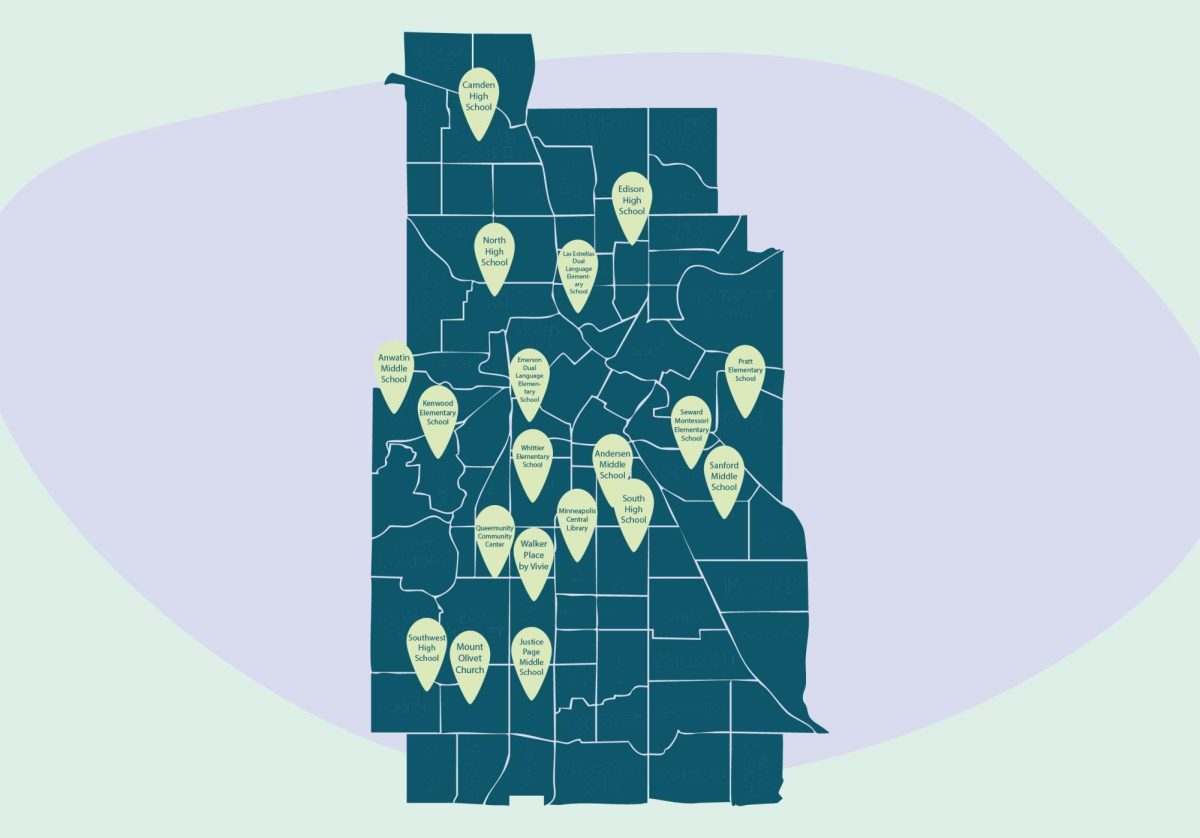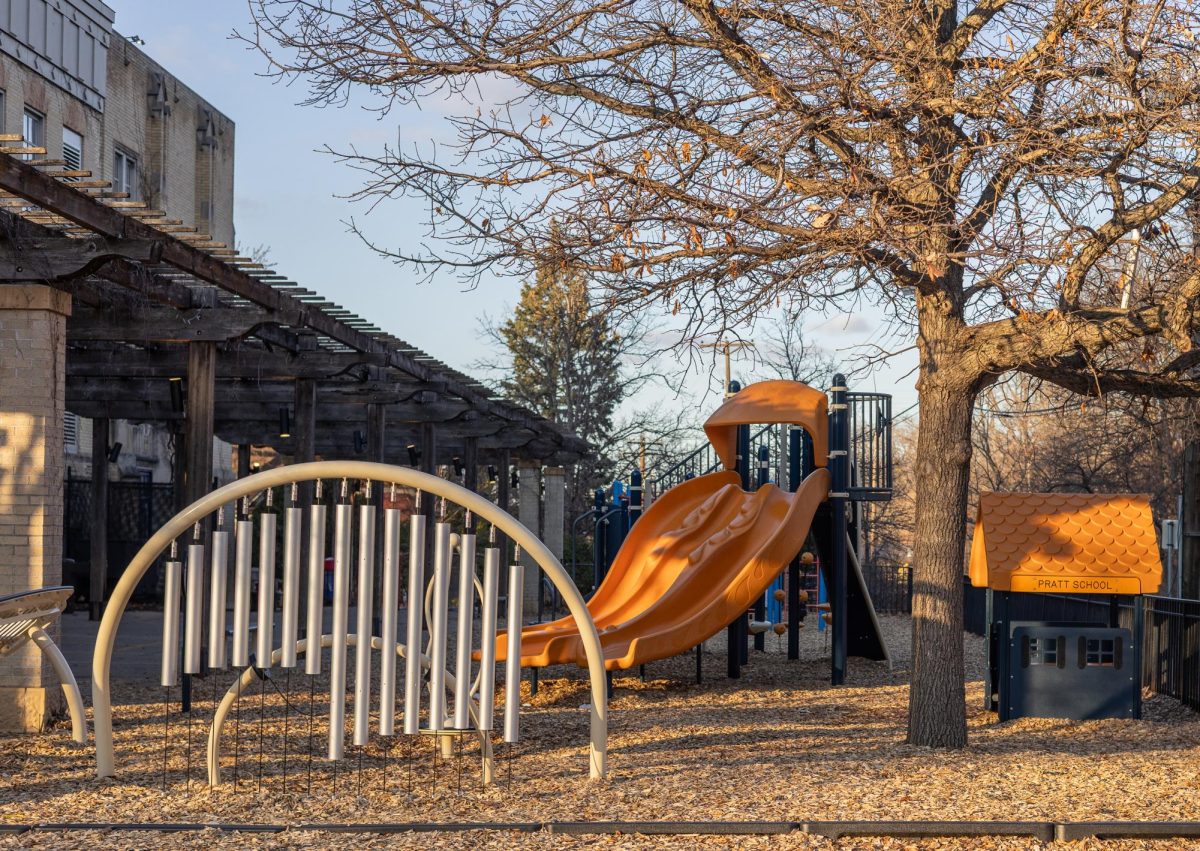Some University of Minnesota area residents are worried by
the lack of parking caused by new apartments, bike lanes and a growing student
population.
At a Marcy-Holmes Neighborhood Association meeting
Wednesday, residents highlighted many of the neighborhood’s parking troubles and
how to solve them.
One of the main problems residents raised was the increasing
number of developing apartments in the area.
Julie Iverson, long-term resident of Marcy-Holmes, said new
complexes add density and continue to attract vehicles to the area.
Under current city code, apartments must provide a parking
space for every two bedrooms.
Iverson also said the rising student population is an issue.
“More and more students come to the [University of Minnesota] with cars.”
But recent University graduate Elizabeth Moy said high cost
apartments and parking garage charges pushed her to use street parking.
She also criticized the University’s lottery parking system.
“The U is pretty restrictive on the number of spots available which limits the
number of students who can park.”
Apartment complexes on campus charge fees ranging from about
$99 at Prime Place apartments to $165 per month at The Bridges.
Even with included parking, apartment complexes advertise
street parking as an alternative.
Some buildings also appeal for variance from the ordinance
to offer less parking, pushing more people to park on streets — an issue cited
at the meeting.
Despite this, the
city still grants reduced parking variances to developments in areas with scarce
parking.
Allowing for variance is determined on a case by case basis,
said Jason Wittenberg, Land Use, Design and Preservation Manager for the city.
For example, Wittenberg said, a residential building can get
variance for fewer parking spaces if it is near public transportation.
In the past decade, he said the city has cut parking for
residential complexes since the space is expensive.
Fewer parking options also encourage residents to walk, bike
or use public transit, Wittenberg said, which the city already wants.
One solution brought up at Wednesday’s meeting was the use
of the critical parking permits.
The city gives limited parking and parking meter options
which are available to everyone, but with a time limit.
A critical parking permit would let only those with the
permit — typically area residents — park off street and limit options for
commuters and those from out of town.
A critical parking zone requires the approval of 75 percent
of the neighborhood area and a city study that shows a need for it.
Ward 3 City Council Member and Mayoral Candidate Jacob Frey
previously told Streets MN he supported moving away from reducing parking
requirements as a way to increase space for more housing and pedestrian access.
Minneapolis should move toward being a pedestrian and bicycle
centered city, Frey told Streets MN.







